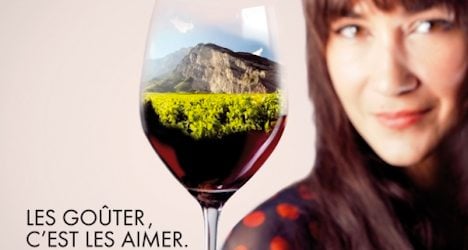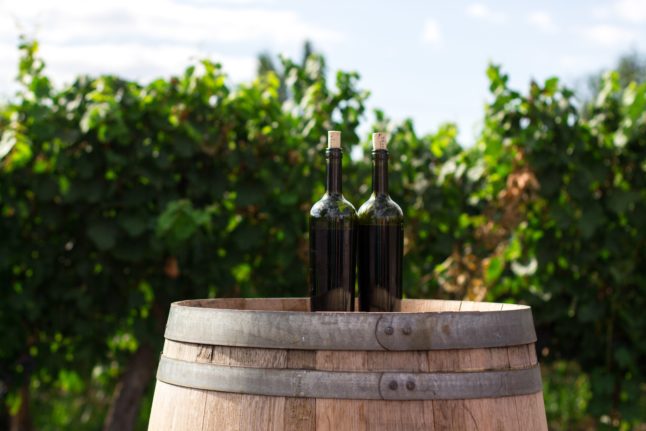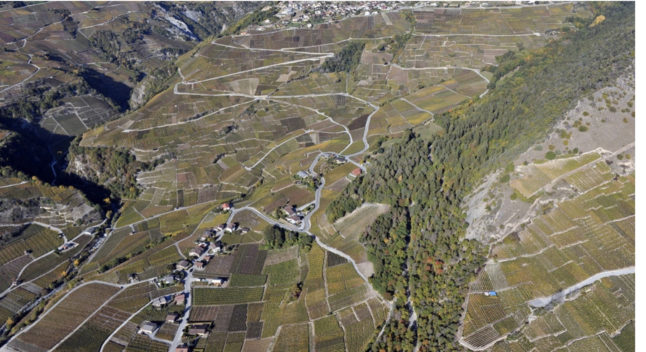Switzerland’s accident prevention bureau (BFU) reported that 21.1 percent of such accidents last year were booze-related in the canton of Valais, known for its vineyards.
The second-highest rate of alcohol-related accidents was recorded in Geneva (13.9 percent), followed by Neuchâtel (13.2 percent), Vaud (12.8 percent) and Ticino (11.9 percent).
All of these cantons, mostly French-speaking, except for Italian-speaking Ticino, are known for their wine production — and wine consumption.
According to the BFU, one in four residents in French-speaking Switzerland (Suisse Romande) believes, incorrectly, that the legal blood-alcohol limit of 0.5 percent is only achieved after drinking three or four glasses of wine.
By comparison in German-speaking Switzerland, which accounts for about 65 percent of the population, only one in ten people share this mistaken view.
While the French-speaking part of Switzerland accounts for only 23 percent of the country’s population, almost half of the 78 deaths from motor vehicle accidents caused by drunken driving between 2011 and 2012 occurred in Suisse Romande
An analysis of federal statistics by the Tages Anzeiger newspaper noted 37 of the deaths occurred in French-speaking Switzerland, while two occurred in Ticino and 39 in German-speaking cantons.
The newspaper notes that 11.5 percent of residents in French-speaking areas drink regularly, compared to 6.3 percent in German-speaking cantons.
Overall, Switzerland ranks among the top 10 countries in the world for per capita consumption of wine.




 Please whitelist us to continue reading.
Please whitelist us to continue reading.
Member comments